
- Aeronautics -
That first “A” in NASA stands for aeronautics—the science of travel through the air. It’s as much about you flying on airplanes and arriving safely at your destination as it is about astronauts flying in space. NASA’s roots go back to the National Advisory Committee for Aeronautics, established in 1915 to “supervise and direct the scientific study of the problems of flight.” Wind tunnels, flight testing, and computer simulations are among NASA’s many tools for research on those problems.
Today’s entire aviation industry relies on technology rooted in NASA research: inside cockpits, cabins, and jet engines; atop traffic control towers; and from departure gate to arrival terminal at airports everywhere. In early coordination with the U.S. Air Force, many of NASA’s groundbreaking discoveries with aircraft helped pave the way for supersonic travel and space aviation.
NASA’s With You When You Fly

Thanks to advancements in aeronautics developed by NASA, today’s aviation industry is better equipped and safer than ever.
Image Credit: NASA
Efficiency, Maneuverability, and Safety
NASA’s research on high-speed aircraft improved many aspects of the lower speed airplanes we fly for commercial travel. It also made significant contributions to systems and designs for spacecraft.

Image Credit: NASA
High-speed Aircraft
NASA’s research on high-speed aircraft improved many aspects of the lower speed airplanes we fly for commercial travel. It also made significant contributions to systems and designs for spacecraft.

Supercritical Wing Design.Image Credit: NASA
Supercritical Wing
Compared to a conventional wing, the Supercritical Wing is flatter on the top and rounder on the bottom, with a downward curve at the trailing edge. This unique design reduces the effect of shock waves on the upper surface at very high speeds, which in turn reduces drag, increases flying efficiency, and helps lower fuel costs.
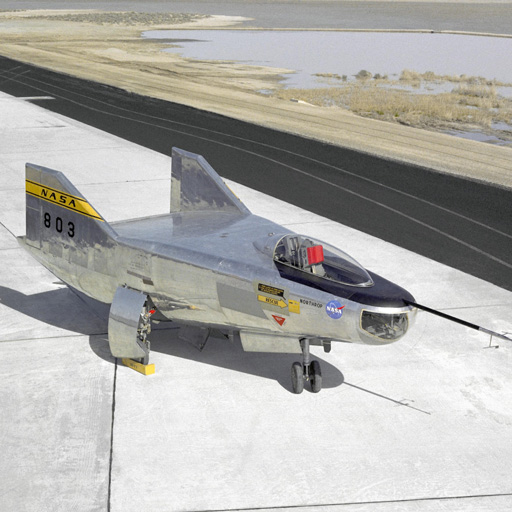
NASA’s M2-F2 lifting body aircraft.Image Credit: NASA
M2-F2
A fleet of lifting bodies flown from 1963 to 1975 demonstrated the ability of pilots to maneuver and safely land a wingless vehicle. NASA designed these lifting bodies to test the concept of flying a wingless vehicle back to Earth from space and landing it like an aircraft at a pre-determined site.
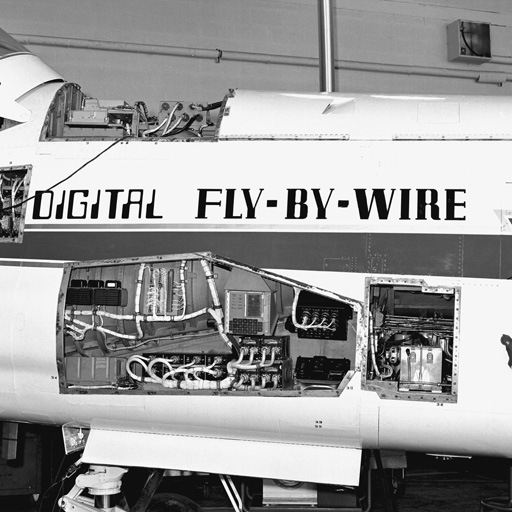
Digital Fly-By-Wire in NASA’s F-8C, 1971.Image Credit: NASA
Fly-By-Wire
NASA helped develop and flight test the digital “fly-by-wire” system, which replaced heavier and less reliable hydraulic systems with a digital computer and electric wires to send signals from the pilot to the control surfaces of an aircraft. “Fly-by-wire” is used today on commercial and military aircraft; it was also used on the space shuttle.
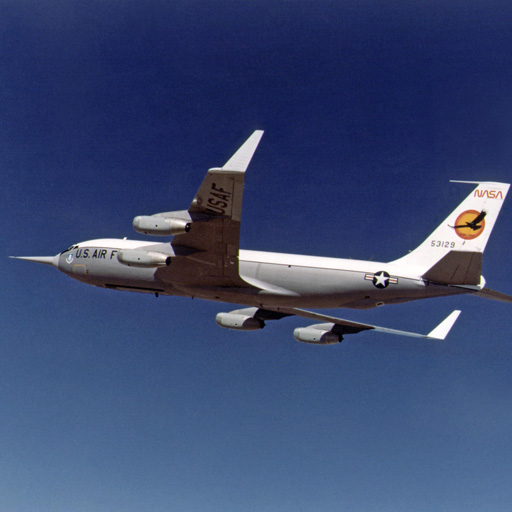
KC-135 in flight for winglet study.Image Credit: NASA
Winglet
During the 1970s and 1980s, NASA researchers made key aerodynamic advances that led to the upturned tips of wings known as “winglets” being tested on this KC-135. Most modern aircraft use winglets, which increase an aircraft’s range and save many billions of dollars in fuel costs.
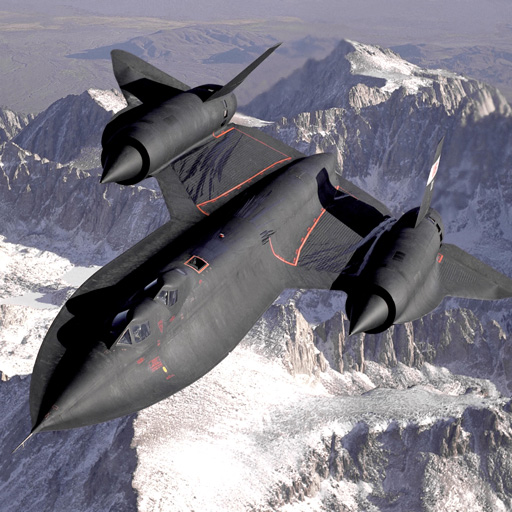
SR-71 “Blackbird.”Image Credit: USAF/Judson Brohmer
SR-71
The Blackbird design originated in secrecy during the late 1950s, with the A-12 reconnaissance aircraft first flown in 1962. During the 1990s, NASA used two SR-71 Blackbird aircraft—designed to at just over three times the speed of sound—for high-speed and high-altitude aeronautical research that contributed to shuttle diagnostics and landing systems.
Wind Tunnels
Wind tunnels, large tubes with air moving inside, help NASA researchers learn more about how aircraft and spacecraft will fly. The object to be tested, often a model, is fastened in the tunnel so that it will not move when the tunnel blasts air around it. Some wind tunnels are large enough for testing full-size vehicles. NASA wind tunnels have also tested automobiles, ships, trucks and wheelchairs.
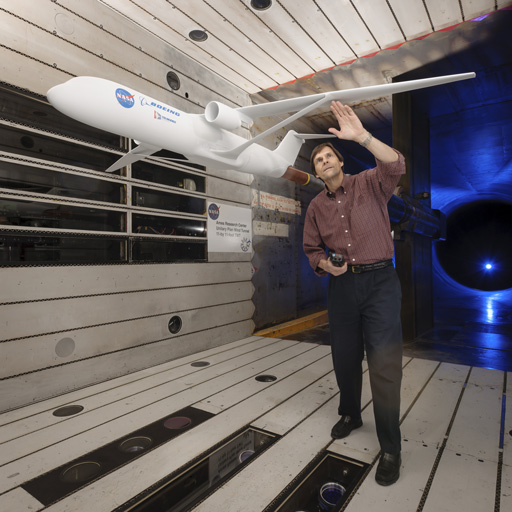
Image Credit: NASA
Designs
Airplane builders use NASA wind tunnels to test new airplane designs.

Image Credit: NASA/JPL-Caltech/Lockheed Martin
Parachute
Parachute testing for NASA’s InSight mission to Mars conducted inside the world’s largest wind tunnel at NASA’s Ames Research Center, February 2015.
Computer Simulations
In the 1970s, NASA began developing sophisticated computer codes that could accurately predict the flow of fluids, such as air, over an aircraft’s wing or fuel through a space shuttle’s main engine. Those ideas and codes became computational fluid dynamics, which today is considered a vital tool for the study of fluid dynamics and the development of new aircraft
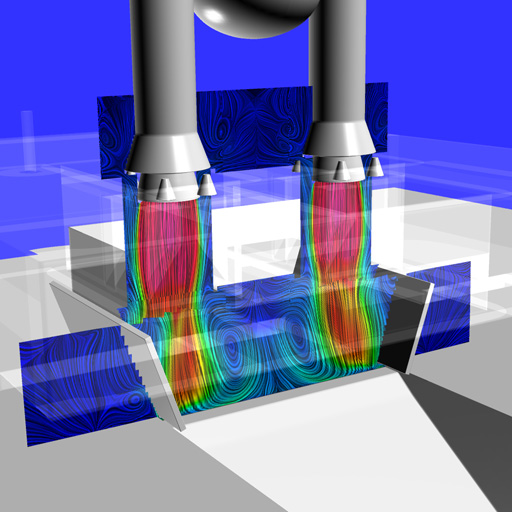
Study of launch vehicle plume on flame trench using CFD simulation, 2007.Image Credit: Cetin Kiris/NASA Ames Research Center
Flame Trench
This illustration shows a mathematical simulation of the exhaust plumes of a launch vehicle in a flame trench.

Simulations of sound produced by air, “aeroacoustics.”Image Credit: NASA Ames/Tim Sandstrom
Aeroacoustics
This simulation shows where particles interact on the blades of turbofan jet engine, allowing engineers to develop ways to make aircraft with these engines to fly more efficiently. This work is part of a partnership between NASA and the aviation industry to develop green aviation technologies
Flight Testing
From its beginning 60 years ago, NASA assumed responsibility for the X-15 hypersonic aircraft, capable of speeds exceeding Mach 6 (4,500 mph) at altitudes of 67 miles, reaching the very edge of space. In coordination with the U.S. Air Force, NASA has been studying supersonic flight to make better aircraft and spacecraft. During the late 1950s and early 1960s, interest in an American supersonic transport (SST) was growing. Supersonic flight over land is not allowed because sonic booms created by shock waves disturb people on the ground and can damage private property. NASA is trying to solve that problem.
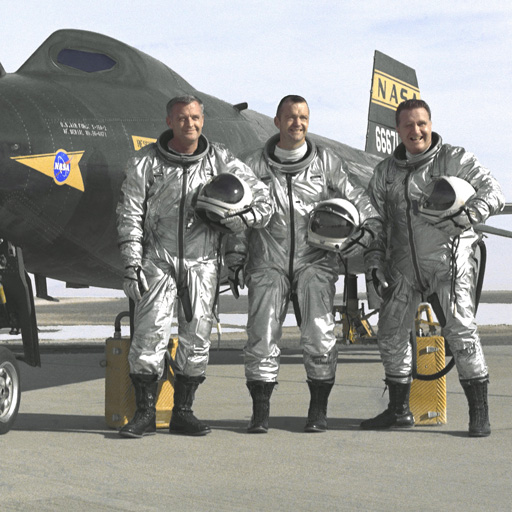
NASA pilots Milton O. Thompson, William H. “Bill” Dana, and John B. “Jack” McKay in front of an X-15 hypersonic rocket-powered aircraft.Image Credit: NASA
X-15
Flown over a period of nearly 10 years (June 1959 to October 1968), the piloted X-15 set the world's unofficial speed and altitude records. The X-15 program contributed to the development of the Mercury, Gemini, and Apollo piloted spaceflight programs, as well as the Space Shuttle Program.

NASA pilot Neil Armstrong in the cockpit of an X-15 after a research flight, 1961.Image Credit: NASA
X-15 Pilot Neil Armstrong
Eight other X-15 pilots flew high enough (50 miles) to qualify as “astronauts.” Armstrong didn’t, but eight years later he’d be the first astronaut to walk on the moon.
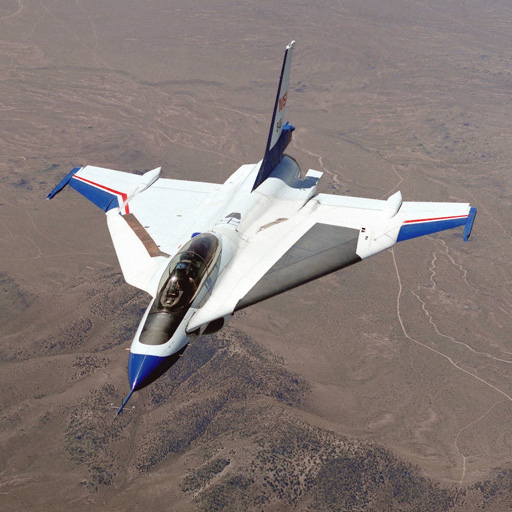
NASA’s F-16XL supersonic laminar flow wing.Image Credit: NASA
F-16XL
As air flows over a wing, a thin layer of air normally clings to the wing surface, called the boundary layer. When that layer is laminar (smooth), it can reduce drag and the energy needed to move the wing through the air, thereby improving fuel economy and decreasing exhaust emissions in the upper atmosphere. From 1988 to 1996, NASA researchers achieved laminar flow at supersonic speeds, which has informed later research into reducing drag for aircraft flying at any speed.

Image of an Air Force Test Pilot School T-38 sonic boom shockwaves, 2017.Image Credit: NASA
Sonic Boom
NASA used a technique called schlieren photography to capture unique, measurable images of shockwaves by using the sun as a background. Seeing the shockwaves has helped NASA develop an aircraft design that minimizes their intensity and the resulting sonic boom.
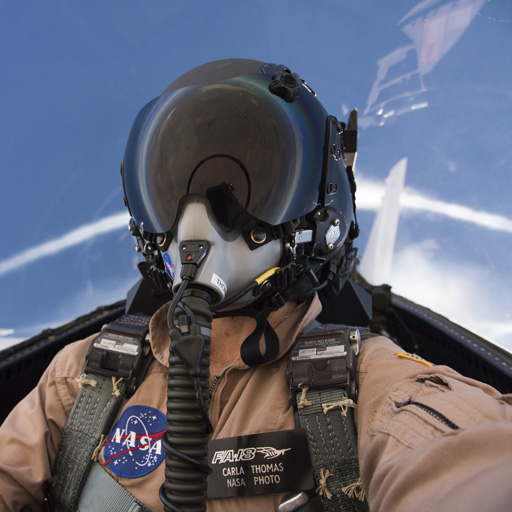
Carla Thomas, one of NASA’s two female in-flight photographers, on a supersonic test run of a two-seat NASA F/A-18 aircraft, 2017.Image Credit: NASA/Carla Thomas
NASA F/A-18 aircraft
This jet flies at supersonic speeds and is used currently in low sonic boom research, performing special maneuvers to create a gentle “thump” instead of the annoying sonic boom..

